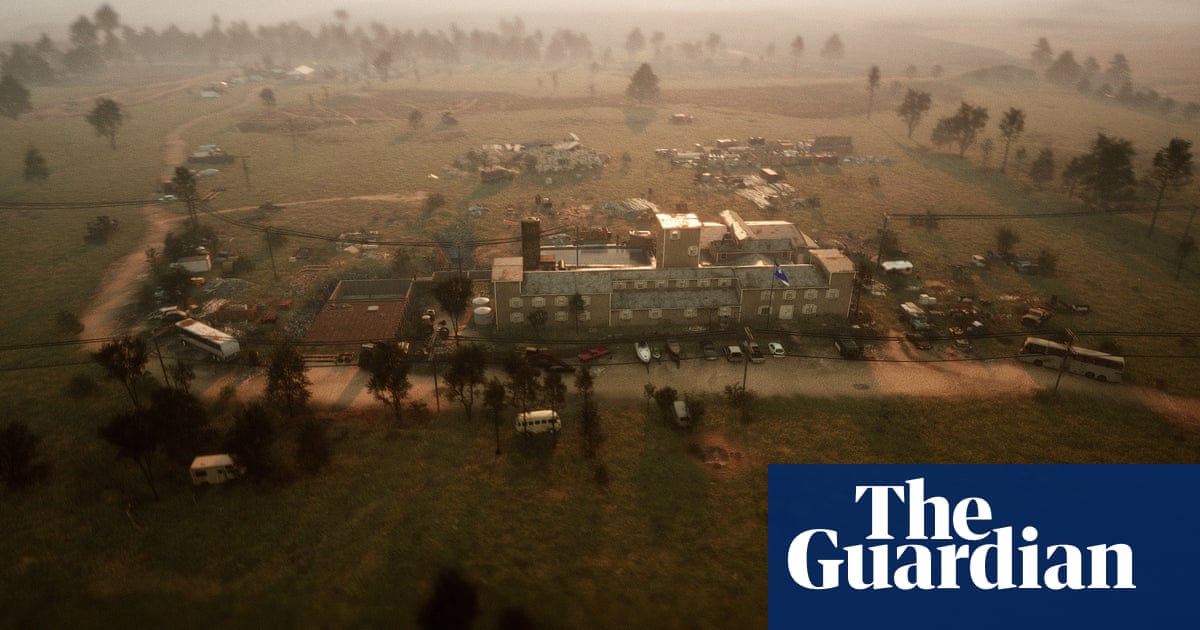
Digital transformation is reshaping the way business is done, in almost every industry. The power of Fourth Industrial Revolution technology — which enables such transformation — has streamlined processes that were previously considered essential. This exciting digital world, and the speed at which 4IR technology is being adopted, is enabling the development of clever mechanical and digital solutions with the potential to address global challenges.
Our Digital Transformation program was launched in 2017, with the ambition of boosting our efforts to digitalize our operations and better focus our digital development projects. It is built around six flagship programs that house digital projects from across the Company — each tailored to help us meet a specific ambition as we aspire to become a leading digitalized energy company.
Today, we’re experiencing the numerous benefits of accelerating 4IR in our own operations.
A shining model
Our Abqaiq Plants facility is one example that stands out. With the help of digital transformation technologies, this 70-year-old facility innovated its existing processes and improved its efficiency. The facility has now automated 30% of its operations — through the use of robots and drones, machine learning and AI algorithms, and data analytics. As a result, its power generation potential increased by 4.5%, and its carbon intensity was reduced by 31.8% between 2019 and 2022.
A lazy image
Abqaiq Plants innovated its existing processes and improved its efficiency.
Abqaiq Plants is a beacon of the possibilities present within 4IR technology. In 2021, the facility was globally recognized by the World Economic Forum (WEF) for its world-leading digital transformation.
Setting the tone for future innovations
Our research centers pave the way forward to further progress, by developing state-of-the-art technologies to aid the transformation of our operations and support innovation in the industry.
These include the Virtual Flow Meter (VFM) technology developed by our Exploration and Petroleum Engineering Center — Advanced Research Center (EXPEC ARC). This technology compliments physical meters by using AI to predict oil, water, and gas flow rates in wells. EXPEC ARC also developed GeoDRIVE, a computational platform that helps reduce the time required to process seismic data, to construct images of subsurface layers that aid our experts in the identification of hydrocarbon accumulations.
A lazy image
Our Exploration and Petroleum Engineering Center — Advanced Research Center (EXPEC ARC).
By leveraging technologies such as these, and our Upstream and Downstream network, we’re aiming to access more lower-carbon, lower-cost, and efficient energy resources. Our 4IR technology has set the tone for other solutions to follow in defining the new era of digital innovation that will give our energy production even more unique value.
The technologies of tomorrow
Exploring waters with SpiceRack
Marine seismic data acquisition, a form of surveying, is a way to explore what lies beneath the sea floor for indicators of potential oil and gas resources. Typically, this requires the use of long cables or remotely-operated vehicles to deploy sensors that can acquire seismic data.
Our researchers knew there had to be a more efficient alternative to this costly and time-consuming method — leading them to innovate a solution that revolutionized the way our seismic surveying is done.
By harnessing the powerful capabilities that robotics offers, Aramco collaborated with partners to create SpiceRack — an autonomous underwater vehicle (AUV) that records seismic data for subsurface imaging.
So far, a swarm of 200 of these AUVs have explored large underwater areas for hydrocarbons. When released underwater, these AUVs autonomously reach the seabed to collect data. After the data is captured, they travel back to the surface where the data can be collected and analyzed. SpiceRack can conduct surveys in half the time it takes using conventional methods, and achieve increased efficiency with 30% lower costs.
Capturing data with Sensor Ball
Data powers everything we do. When analyzed, it can help us identify patterns, trends, and unknown associations. For example, monitoring production and injection wells — using autonomous pressure and temperature sensors — provides critical data that is important for maintaining each well’s performance.
Our scientists engineered a device that can safely and autonomously collect data inside a well and float back to the surface. When dropped inside a well, this "Sensor Ball" device sinks to reach the required depths — collecting data along the way. Once it floats back to the surface, our field technicians retrieve it and then load its stored memory onto a computer, to utilize its captured data in monitoring the health of our wells and reservoirs.
This technology enables early detection of anomalies in fluid flow and in well completion accessories — equipment used to complete the well and prepare it for production after drilling. The device is also able to detect warning signs of leaks caused by corrosion before they occur.
Enhanced water shut-off with Nanosilica
Produced water associated with oil production is a common challenge in the field, particularly in depleted reservoirs. Due to the high-levels of salt it contains, this excess water that co-exists with hydrocarbons in reservoirs can create issues — including corrosion in pipelines, vessels, and other systems.
Our scientists saw an opportunity in utilizing nanotechnology to provide a more cost-effective and more sustainable alternative to the standard process of reducing unwanted water production.
The fluid-based solution called "Nanosilica" turns into a gel when deployed downhole — inside the water production formation.Made up of two components that work together, this gel acts as a sealant that blocks the porous or fractured structure of reservoir rocks — which results in hindered water production.
Simplifying cleanout with JumpStart
Our scientists came up with the idea of JumpStart to help solve a worldwide challenge that operators face in the field — when cleaning out fluids from oil and gas wells. This cleanout operation is an important step that follows the drilling process, in order to flow back — or remove — any fluids that have been used to treat the well, ensuring safety and efficiency.
The traditional flow back and cleanout method involves the use of nitrogen gas, which is applied downhole through conventional coiled tubing, to flow back fluids from the well and prepare it for production.
The creators of JumpStart found a unique solution to simplify the process. One that deploys an electric submersible pump (ESP) system, which runs through a slick line that is easy to install on the well, to remove heavy-weight fluids prior to oil field production. The use of the ESP system, which is fully retrievable once the operation is completed, significantly reduces flow back time by 50%, as well as the costs associated with the operation.
An inspiring future on the horizon
Transforming our own operations is only the start. These innovations could have the potential to enhance the way oil and gas field operations happen worldwide. As these technologies become commercialized and licensed, their potential to be globally impactful shines brighter.
What supports the development of these solutions is our innovative culture, which provides fertile ground for transformational digital solutions to take root and flourish. In 2022 alone, our number of granted U.S. patents reached 966 — the highest ever in the industry. And we look forward to building on this growth.
By developing solutions geared toward helping increase operational reliability, lower production costs, and reduce CO2 emissions, we’re aspiring to continue reliably meeting global energy demands, and driving digital transformation in the energy industry.












